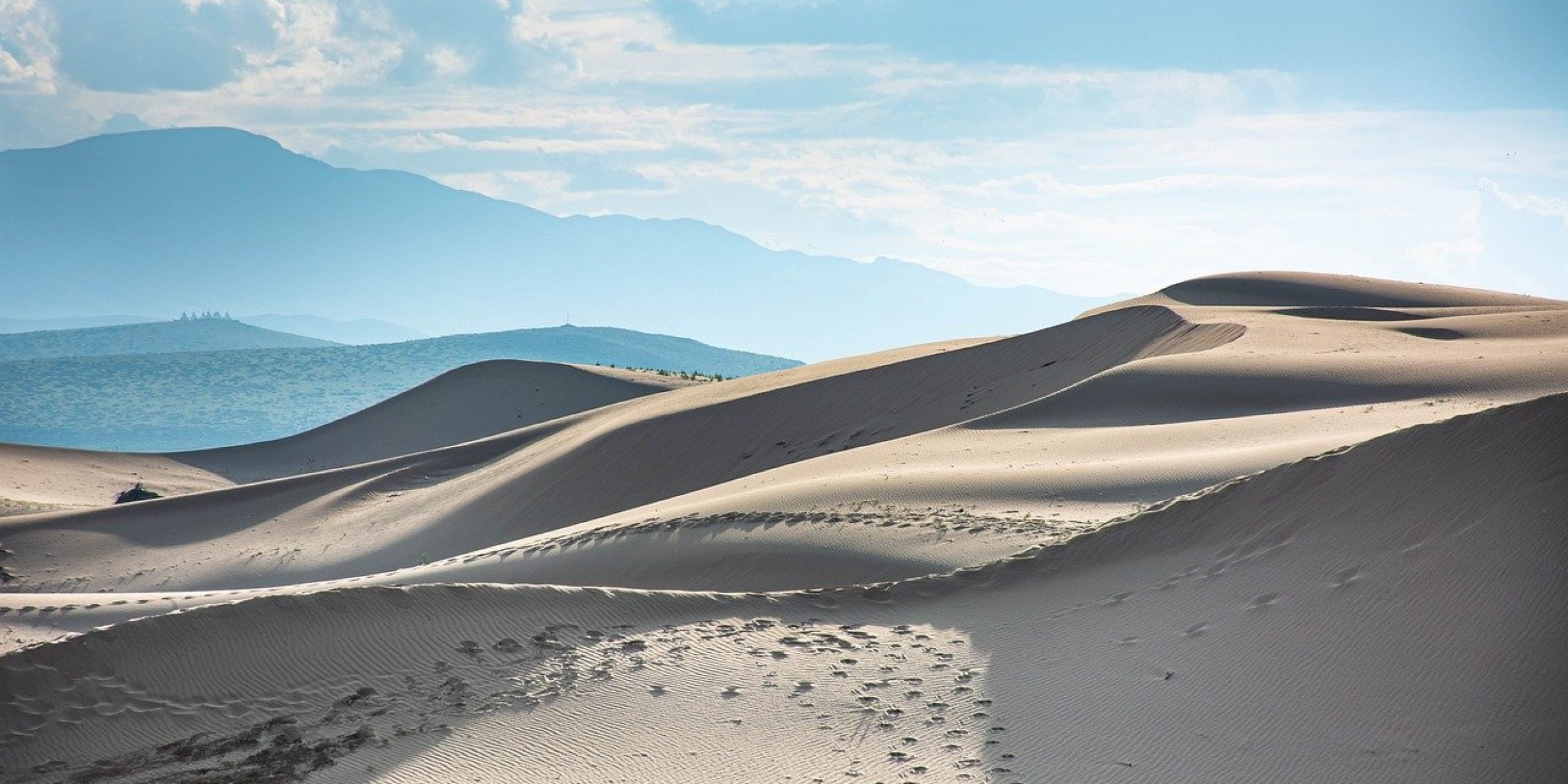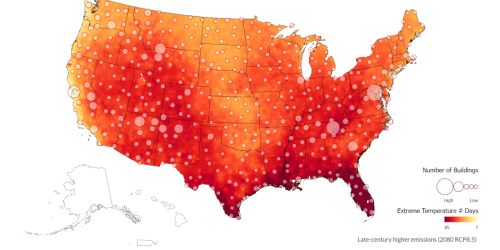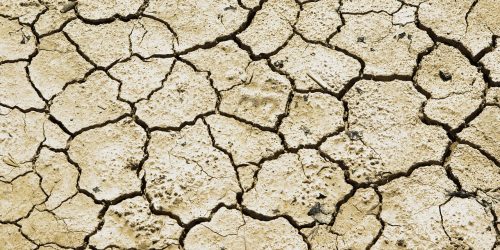The Taklamakan and Gobi Deserts have always been known for their harsh, dry climates, but in recent years, there has been a surprising increase in summer rainfall. Scientists are eager to understand whether natural variations or human activities are driving the shift. A team of researchers used computer simulations and statistical analysis to study weather patterns over several decades. They discovered that internal atmospheric changes, particularly shifts in the North Atlantic Oscillation (NAO), which controls most of the winds over the North Atlantic region, have redirected storm tracks toward these deserts, causing more rain.
This research, published in Nature Communications, adds a new layer of understanding to how climate systems operate in arid regions. Prior studies suggested that large-scale circulation changes were driving the rainfall trend, but this study is the first to clearly attribute the trend primarily to natural variability in the atmosphere. The findings also have significant implications for future climate predictions and water management in these sensitive desert ecosystems. As the researchers point out, while the current increase in rainfall provides relief from drought, it also brings challenges such as flooding. Looking ahead, this trend is likely to reverse back to a drier state, emphasizing the need to consider both natural and human impacts when planning for the future.
The Climate Program Office’s Climate Variability & Predictability (CVP) Program partnered with NOAA’s National Weather Service – Office of Science and Technology (OSTI) Modeling Division to support this project through an initiative to improve seasonal to subseasonal biases in the way models represent precipitation processes.
For more information, contact Clara Deck.
Image credit: Pixabay










